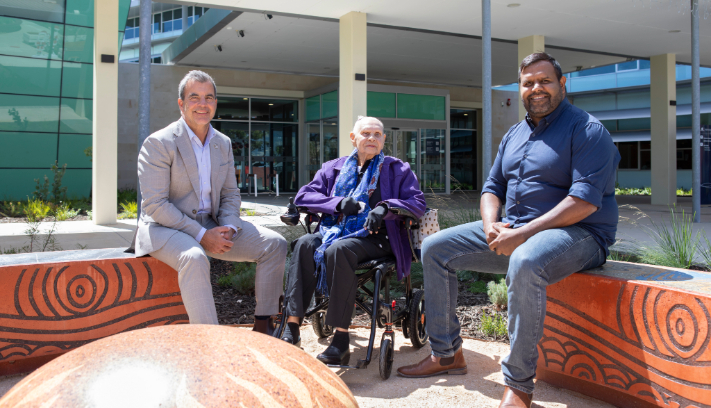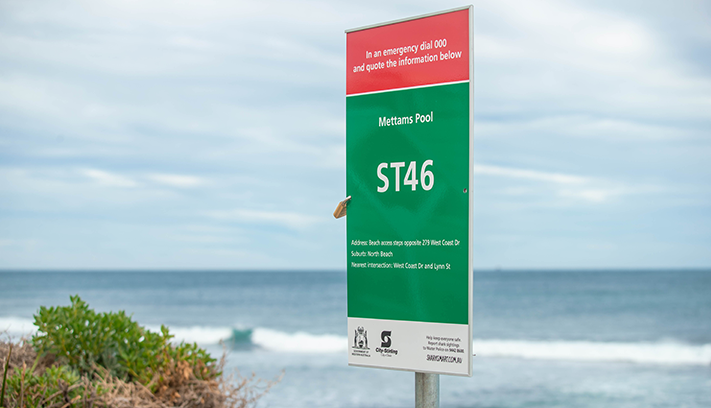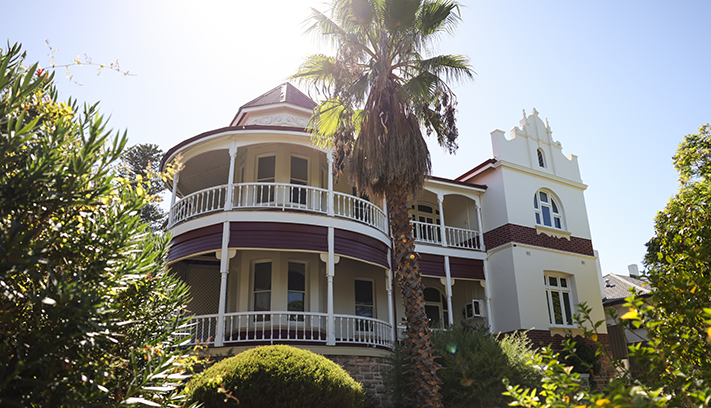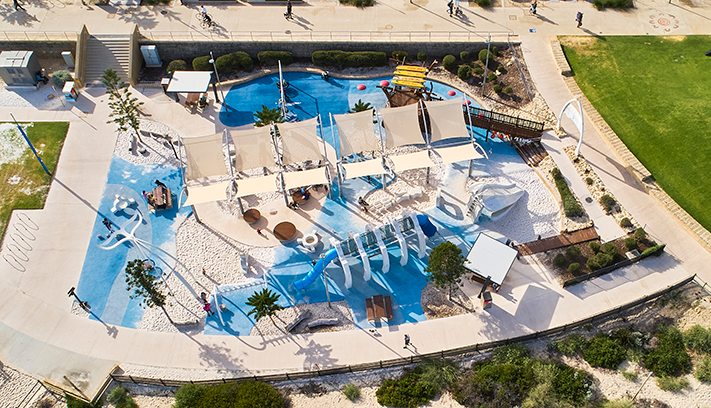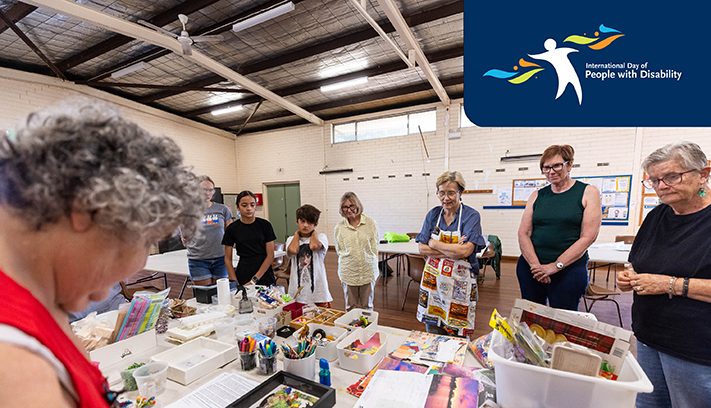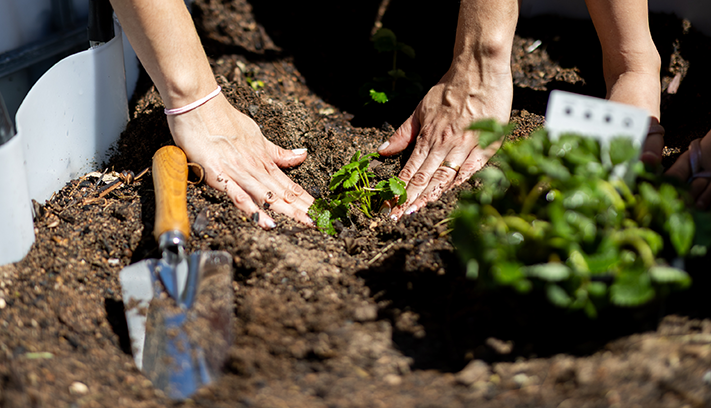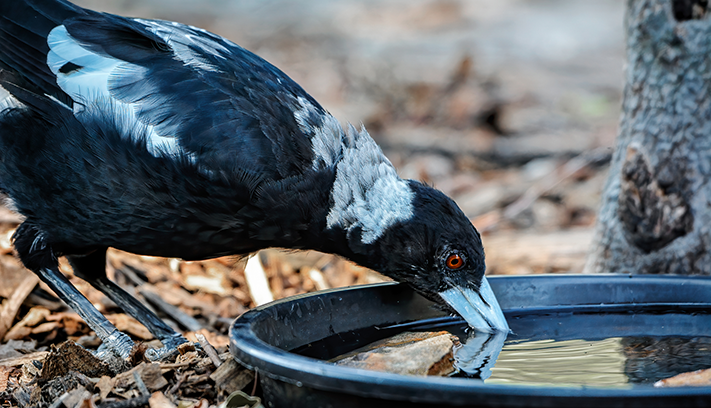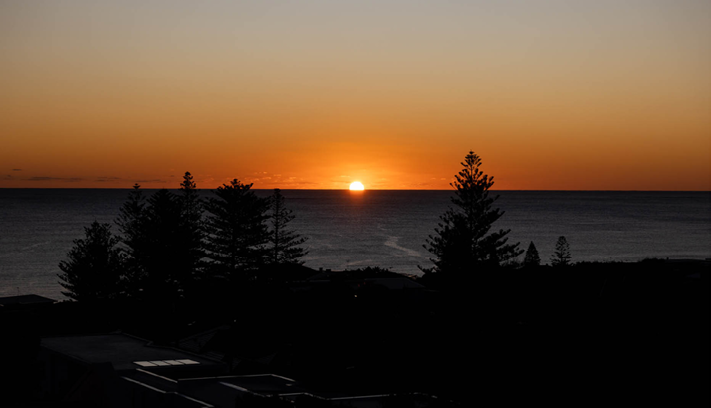
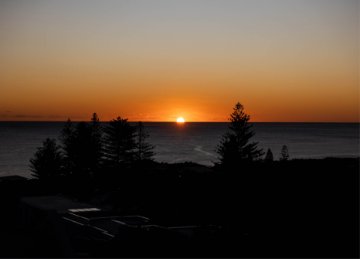
The local community describes Watermans Bay as a seaside, small and peaceful neighbourhood. To better understand what is means to be ‘a local’ our suburb profile seeks to understand the local stories Koora (past), Yeyi (present), Boordawan (future) and respond to Ngalang Maya (our place). This snapshot identifies the unique character of Watermans Bay’s neighbourhood and helps the City rethink how we deliver services with a local focus.
The suburb of Watermans Bay was originally known as Waterman Bay and named after Alfred Waterman, a fisherman who built the first house in the area (called 'Zephyr') in 1908.
What it means to be a 'local'
The suburb of Watermans Bay was originally known as Waterman Bay and named after Alfred Waterman, a fisherman who built the first house in the area (called 'Zephyr') in 1908. The bay was a well-known fishing spot. The Postal District of Watermans Bay was approved in 1954 and in 1962 the name "Watermans Bay" was shortened to "Waterman".
Local residents requested that the named be changed back to Watermans Bay in 1964 however the request was rejected because it did not comply with the State Government policy at that time. In 2003 the Trigg, North Beach and Waterman Community Association conducted a survey of residents to determine the level of community support for a change of name. Of the 564 households surveyed, 502 responses were received with 491 in support and only 11 households objecting to the proposal. In November 2003 the State Government's Geographic Names Committee finally agreed to a City of Stirling proposal to change the name of the suburb from Waterman back to Watermans Bay.
Watermans Bay was originally part of the estate that the Hamersley family acquired in 1837. The area was subdivided as the Mt Flora Estates in 1918; however initial development was largely limited to holiday shacks. The pace of growth in Watermans Bay increased after World War II, and by the late 1960s the area had reached its development potential. In recognition of this growth, the townsite was gazetted in 1964. Some redevelopment began in the 1970s, with new homes replacing holiday shacks. Many of the street names in Watermans Bay honour members of the Hamersley family including Ethel, Margaret, Mary and Ada.
Anzac Day
- The North Beach RSL Sub-Branch dawn service
- Scarborough RSL Sub-Branch commemorative service.
Neighbourhood catch-ups
- Street parties
- Neighbourhood BBQs
- Watching the sunset with neighbours.
Local community groups
Local Facebook groups
Local focus
These are the top local priorities you've told us are important for Watermans Bay.
What you've told us so far
"Parking on verges at intersection of Mary Street and Flora Terrace is a major traffic and safety hazard. No parking on verge signs would help on the four corners of that intersection. Street parking is also a major safety issue."
What we're doing
The City will investigate parking issues at the intersection of Flora Terrace and Mary Street.
To make a report, call the City's Community Patrol on 1300 365 356 (24/7 services) or report online.
What you've told us so far
"Safety for walker on the shared path along West Coast Drive."
What we're doing
The City has implemented a range of measures to improve pedestrian safety on the shared path. These include installing gates in areas with high pedestrian activity (e.g. near Mettams Pool), lowering the speed limit to encourage faster cyclists to use the roadway, and providing pedestrian zebra crossings at key locations along the road.
Learn more about pedestrian safety measures on West Coast Drive.
What you've told us so far
"Fix the showers at Watermans Bay."
What we're doing
Funds have been allocated in the 2025/26 Capital Works Budget for an upgrade of the coastal showers at Watermans Bay.
What you've told us so far
"Erosion on Watermans Bay beach."
"Watermans Bay dune restoration, protection and amenity."
What we're doing
The City continue to implement short and long-term coastal management works, with $600,000 allocated in the 2025/26 plan and budget to undertake both reactive and preventative measures.
Facts
Watermans Bay population
Average number of people per household
The average age in Watermans Bay is 49 years old
Top five birthplaces
Median weekly household income
86% of residents are satisfied with liveability
Local plans
The suburb of Watermans Bay was originally known as Waterman Bay and named after Alfred Waterman, a fisherman who built the first house in the area (called 'Zephyr') in 1908. The bay was a well-known fishing spot. The Postal District of Watermans Bay was approved in 1954 and in 1962 the name "Watermans Bay" was shortened to "Waterman".
Local residents requested that the named be changed back to Watermans Bay in 1964 however the request was rejected because it did not comply with the State Government policy at that time. In 2003 the Trigg, North Beach and Waterman Community Association conducted a survey of residents to determine the level of community support for a change of name. Of the 564 households surveyed, 502 responses were received with 491 in support and only 11 households objecting to the proposal. In November 2003 the State Government's Geographic Names Committee finally agreed to a City of Stirling proposal to change the name of the suburb from Waterman back to Watermans Bay.
Watermans Bay was originally part of the estate that the Hamersley family acquired in 1837. The area was subdivided as the Mt Flora Estates in 1918; however initial development was largely limited to holiday shacks. The pace of growth in Watermans Bay increased after World War II, and by the late 1960s the area had reached its development potential. In recognition of this growth, the townsite was gazetted in 1964. Some redevelopment began in the 1970s, with new homes replacing holiday shacks. Many of the street names in Watermans Bay honour members of the Hamersley family including Ethel, Margaret, Mary and Ada.
Star Swamp Reserve is of regional significance and occupies a large portion of Watermans Bay. This area provides the local and wider community with a unique recreational area, containing a diverse range of indigenous flora and fauna. The Star Swamp bushland was declared an 'A' Class Reserve by the State Government in 1987 and covers an area of about 96 hectares.
Watermans Bay has 2ha of public open space which includes three small parks and recreation areas, including Watermans Beach and Laurie Strutt Reserve. The latter contains the Water Tower Museum, which is located at the highest point of the suburb and was built in 1940 to provide scheme water to the surrounding areas. After the tank became redundant it was converted to a museum and lookout in 1986 and now details the region's history.
Commercial development in Watermans Bay is limited to a small retail outlet on West Coast Drive that provides convenience goods for local residents. The suburb also contains the Euroka Village, which cares for senior citizens.
Significant landmarks
Ada Street Beach is located in Watermans Bay and features a shaded play area and water fountains.
Projects and engagements






